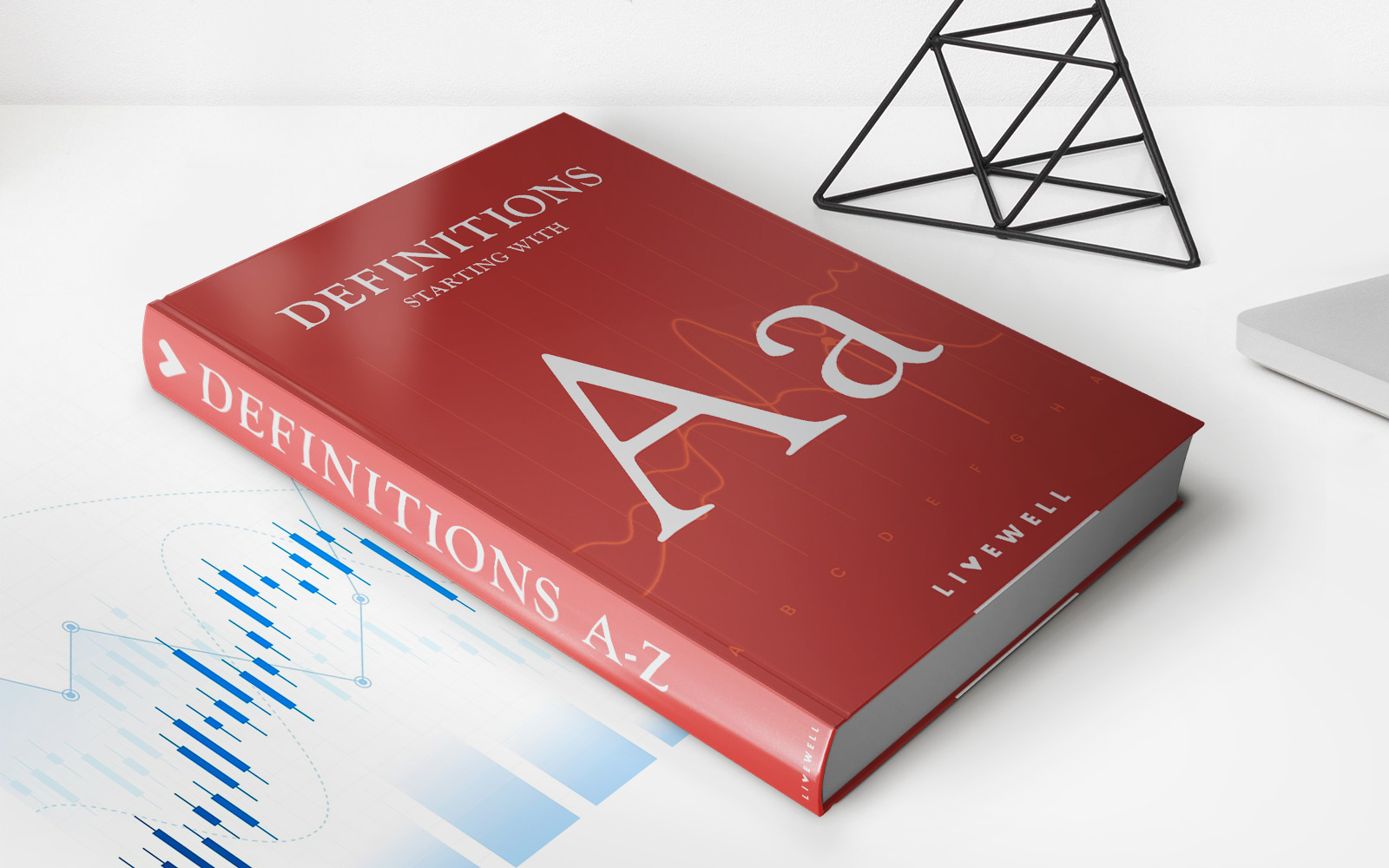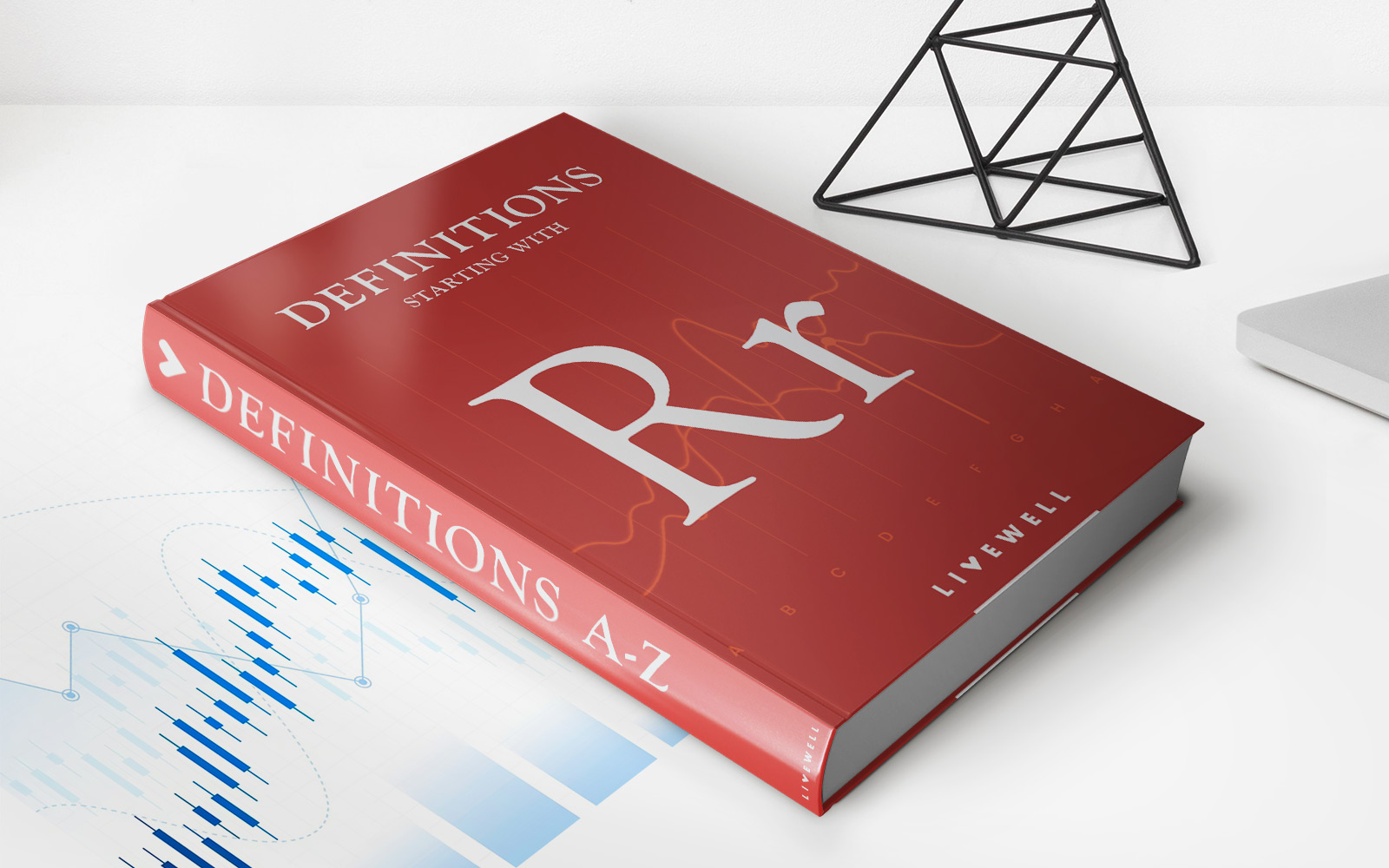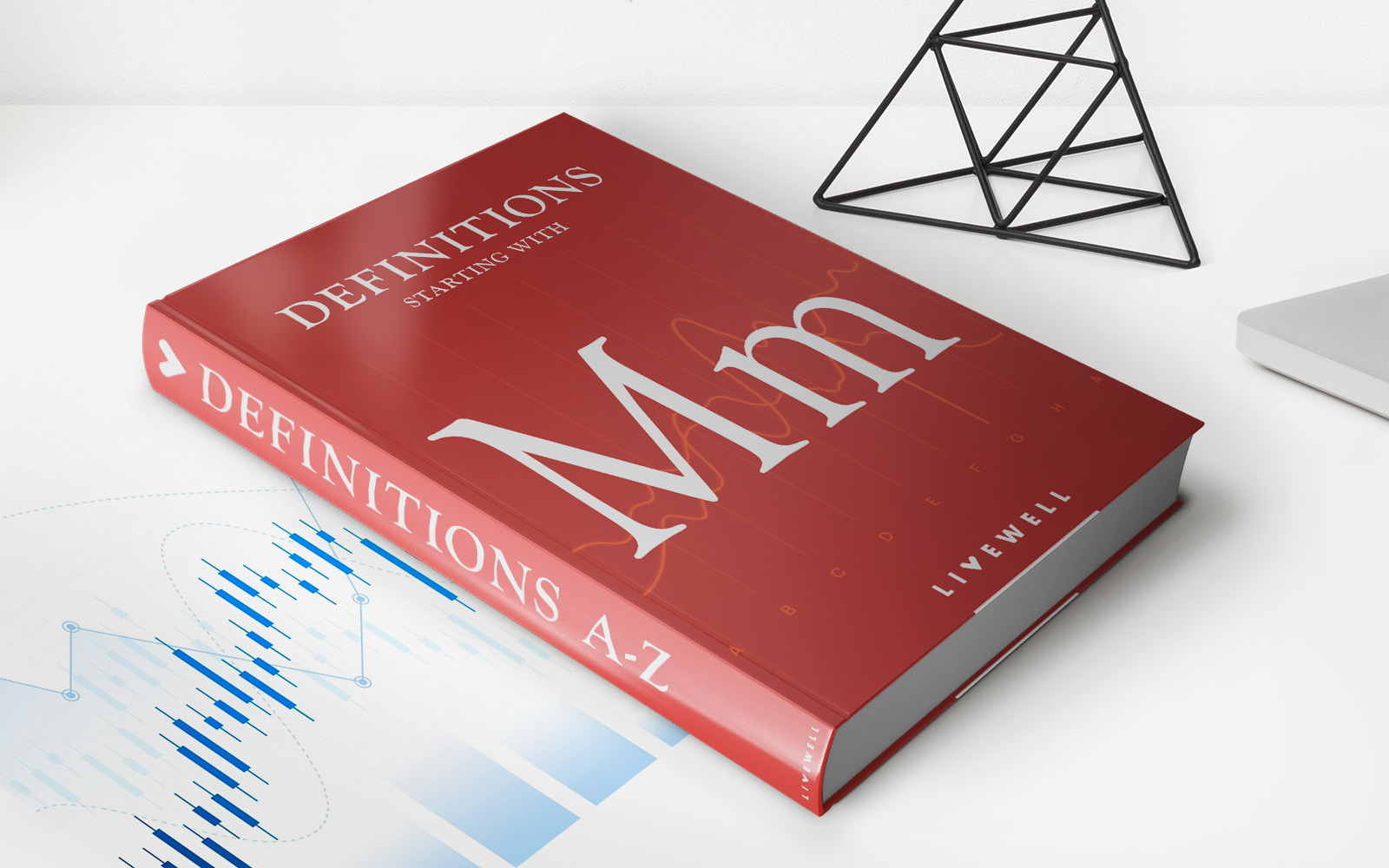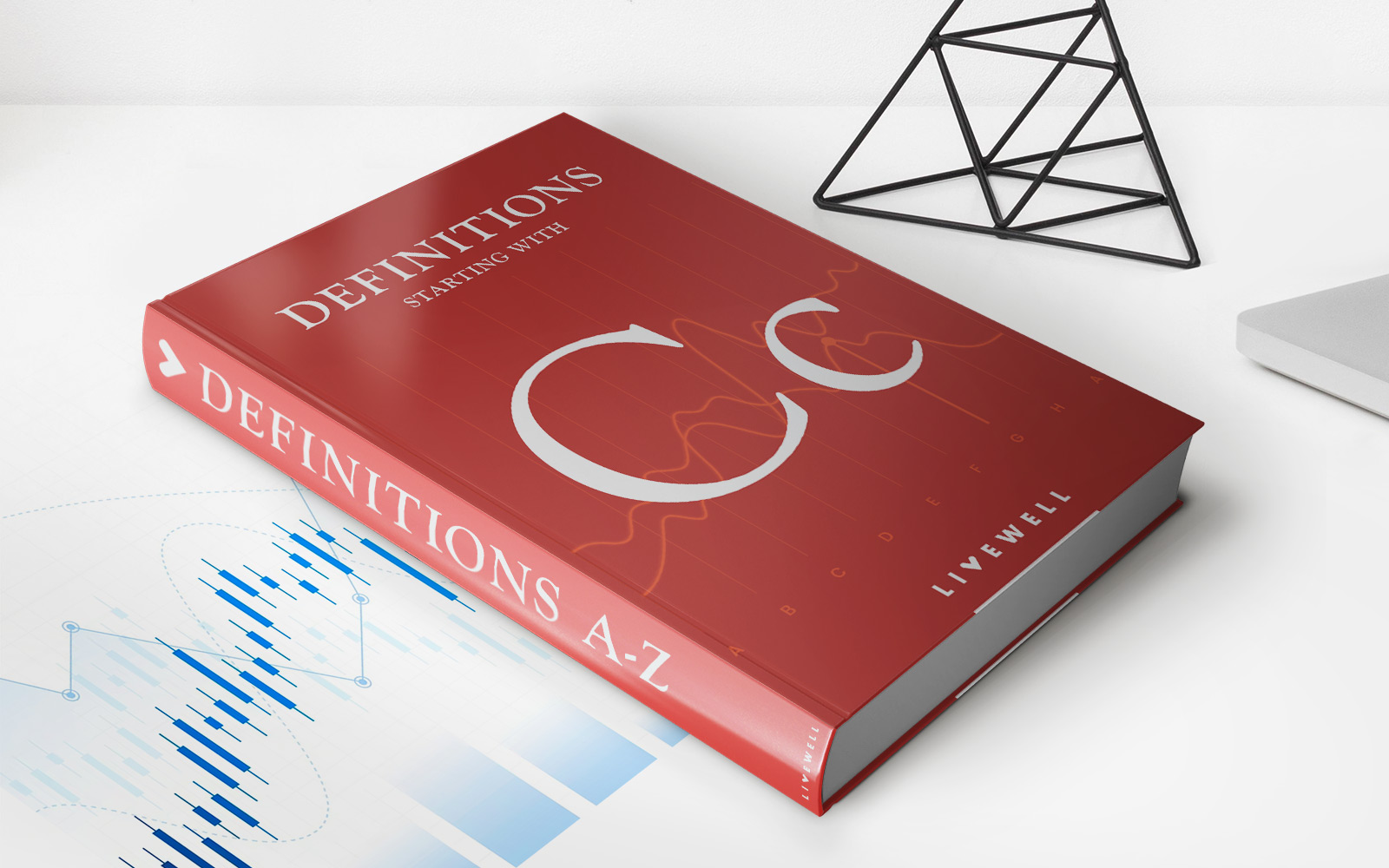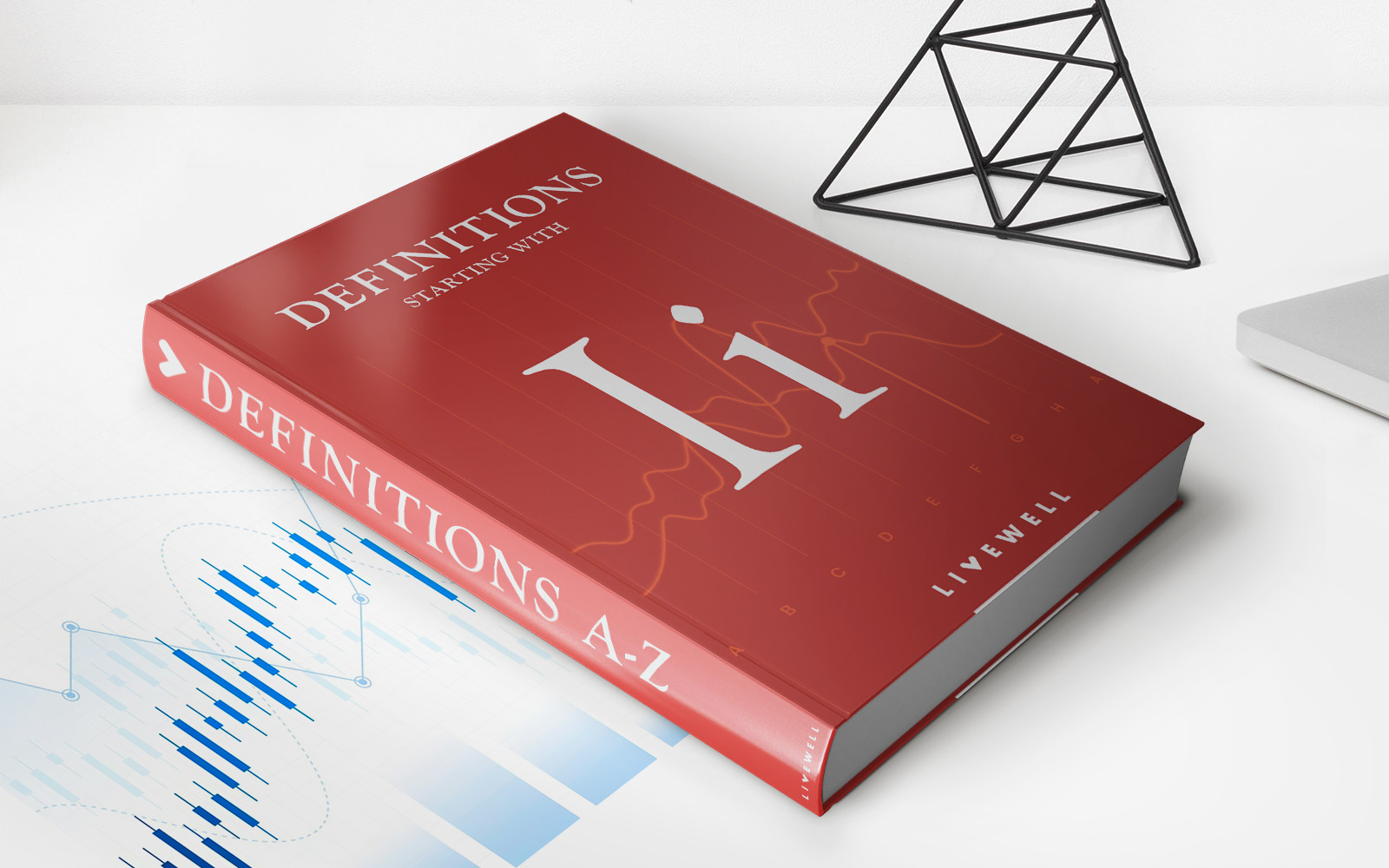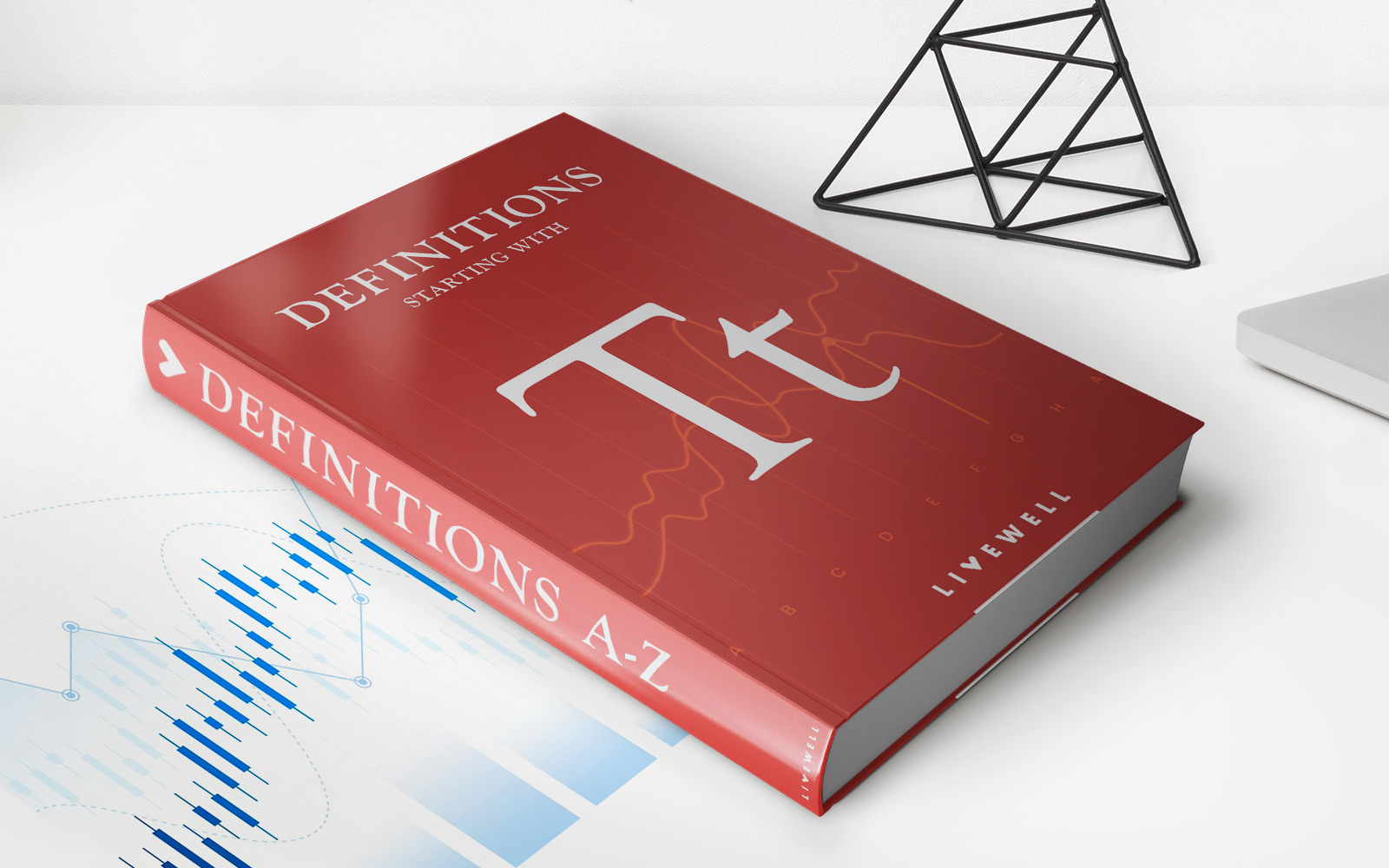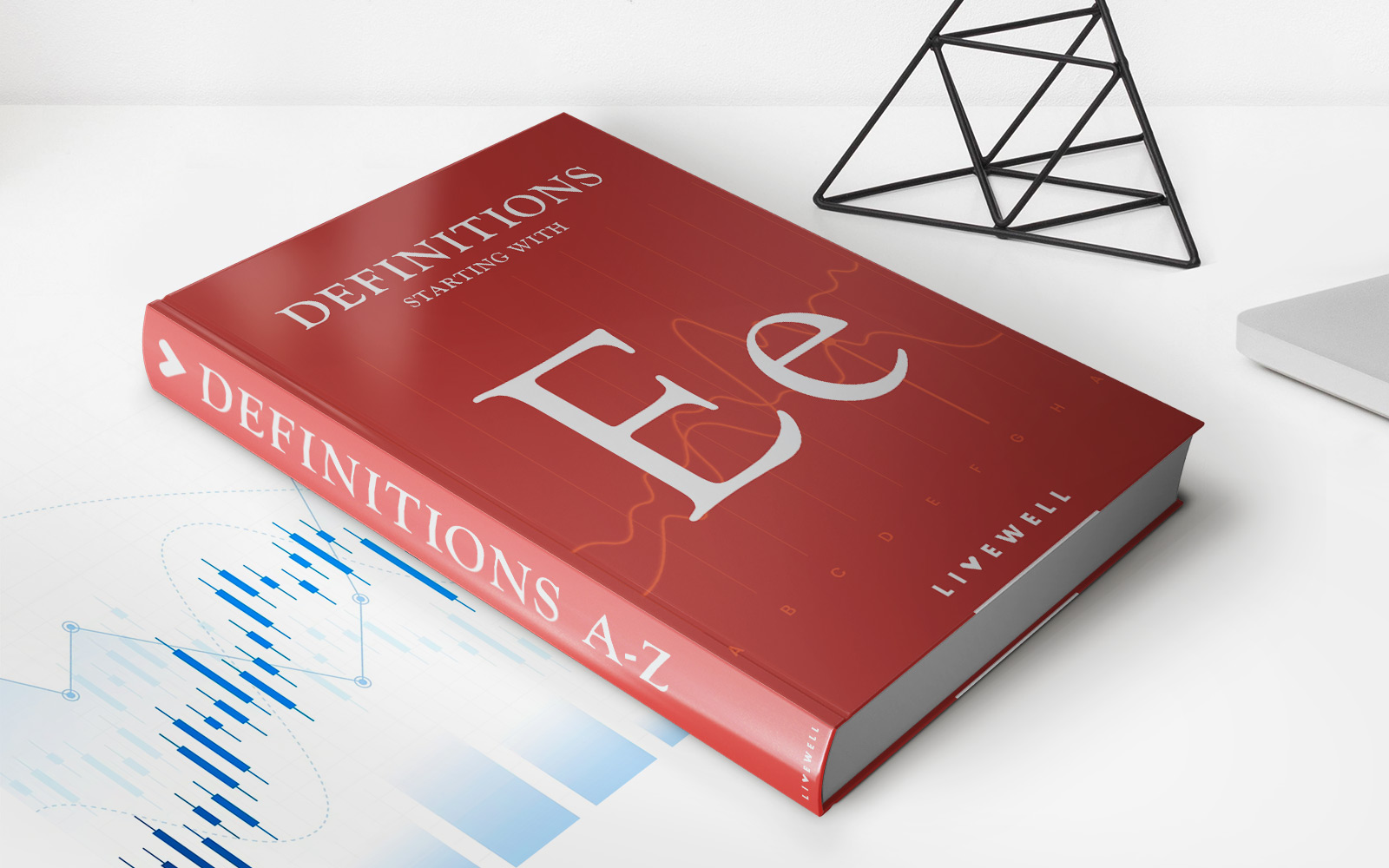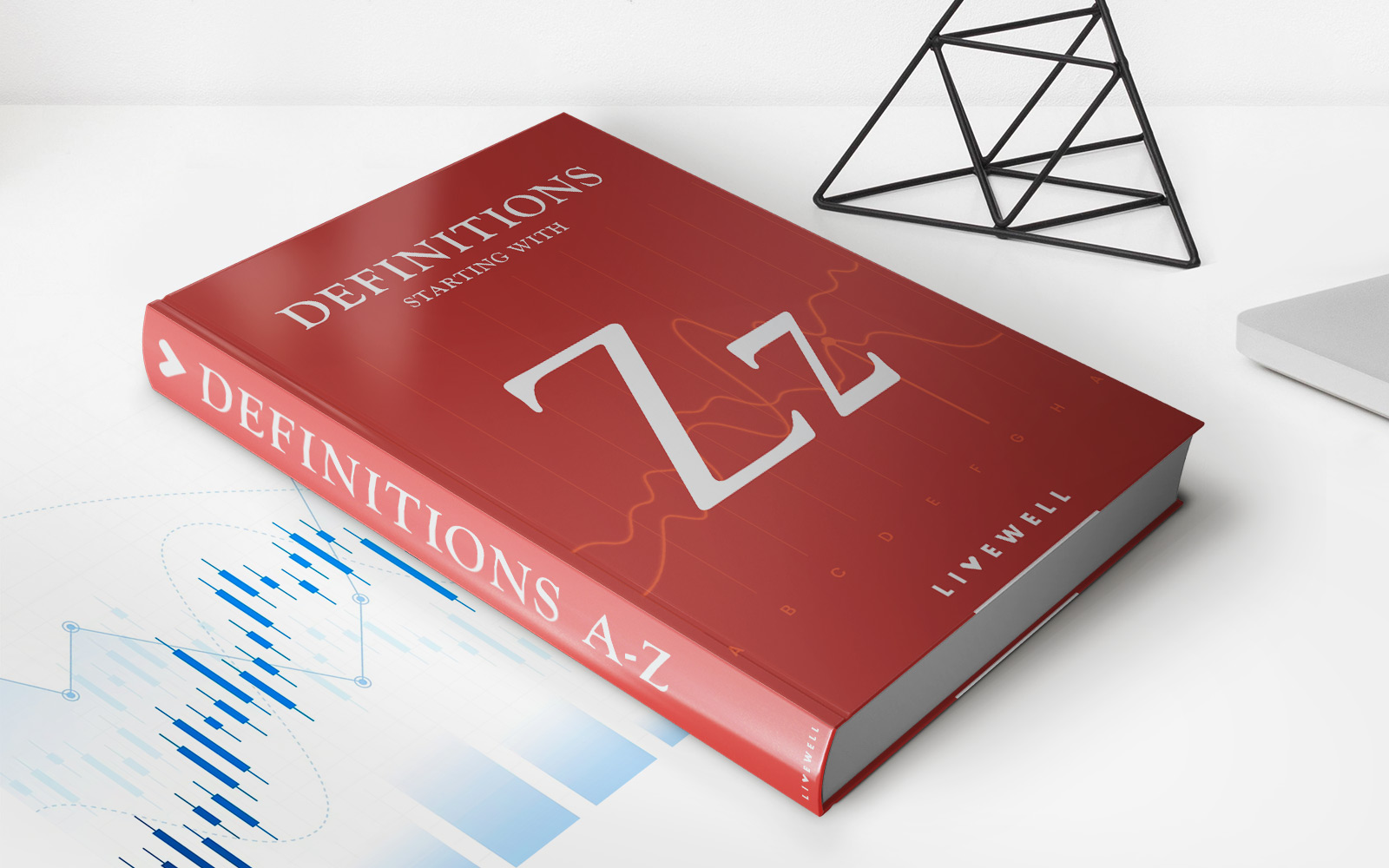Home>Finance>Cost Center Definition: How It Works And Example
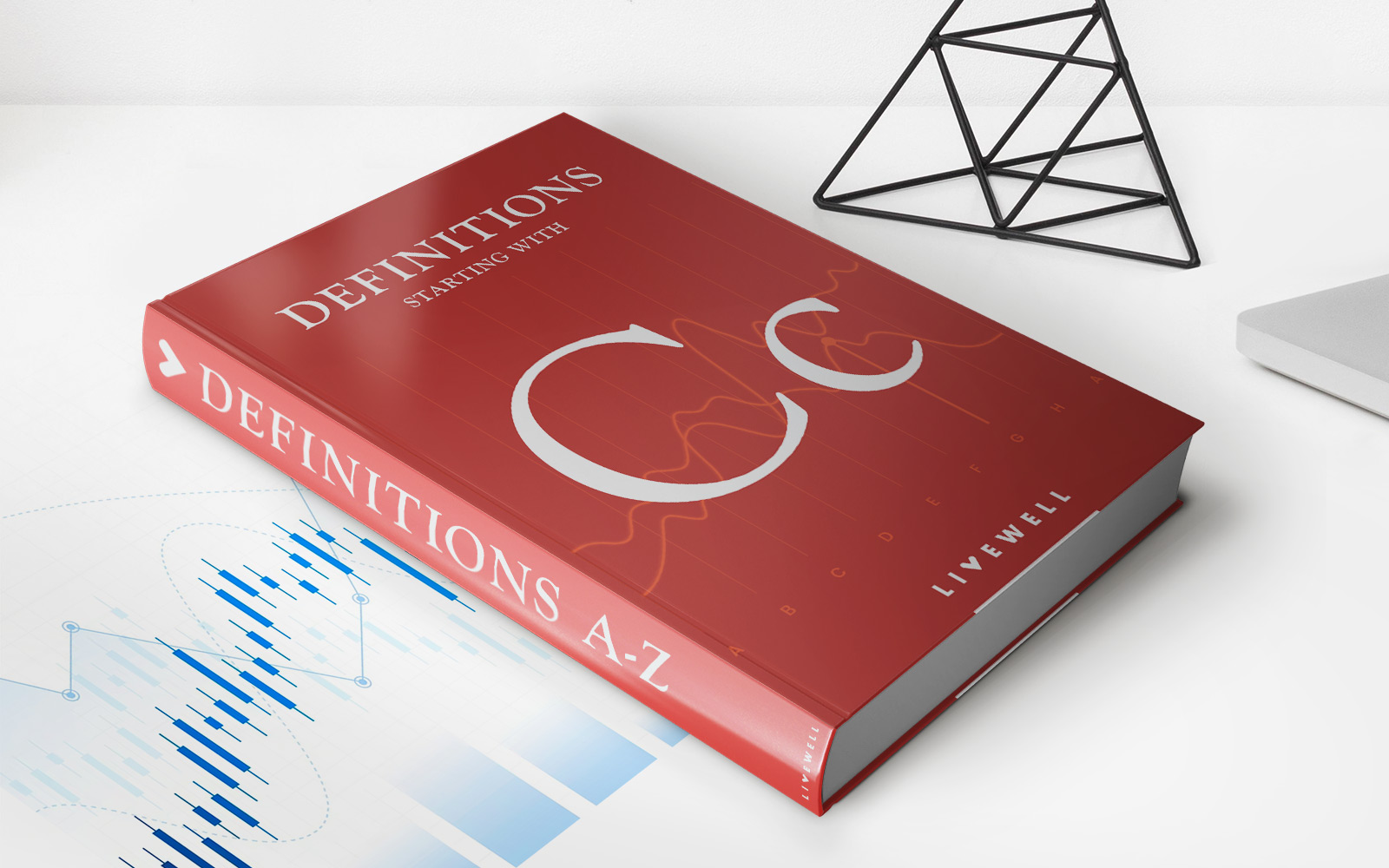

Finance
Cost Center Definition: How It Works And Example
Published: November 3, 2023
Learn the definition and functionality of cost centers in finance. Discover how cost centers work and get an example to enhance your understanding.
(Many of the links in this article redirect to a specific reviewed product. Your purchase of these products through affiliate links helps to generate commission for LiveWell, at no extra cost. Learn more)
Cost Center Definition: How It Works and Examples
In the world of finance, understanding cost centers is crucial for effective budgeting and financial management. But what exactly is a cost center, and how does it work? In this blog post, we will dive deep into the concept of cost centers, exploring its definition, purpose, and examples to help you better comprehend its significance in finance.
Key Takeaways:
- A cost center is a department or division within a company that incurs costs but does not generate revenue directly.
- Its main purpose is to track and allocate expenses incurred by various departments or units within an organization.
The Definition: What is a Cost Center?
A cost center can be defined as a component or subset of an organization that incurs expenses but does not contribute directly to revenue generation. It can be a department, unit, or even an individual within a company. Cost centers are frequently utilized by organizations to analyze and control their overall expenses.
Cost centers are vital for effective budgeting and financial management as they enable companies to allocate and monitor costs incurred by each department or unit. By segregating expenses, organizations can identify areas where costs can be reduced, streamlined, or better controlled.
How Does a Cost Center Work?
Cost centers work by tracking, analyzing, and allocating expenses incurred by specific departments or units within an organization. Here’s a simplified breakdown of how a cost center operates:
- Identification: Each department or unit within an organization is assigned a specific cost center.
- Expense Tracking: The cost center captures and records all the expenses related to the specific department or unit. This includes direct costs such as salaries, utilities, supplies, and indirect costs such as rent and depreciation.
- Expense Allocation: The accumulated expenses are allocated to the respective cost centers, providing a clear breakdown of costs for each department or unit.
- Analysis and Reporting: The financial data from each cost center is analyzed and reported to assist management in making informed decisions regarding budgeting, cost reduction, and resource allocation.
Examples of Cost Centers
Cost centers can vary depending on the type of organization and industry. Here are a few common examples of cost centers:
- Administrative Department: This department handles administrative tasks such as HR, finance, and facility management.
- Marketing Department: Responsible for promoting products or services and conducting market research.
- Manufacturing Unit: In charge of producing goods or assembling products.
- Research and Development: Engaged in developing innovative ideas, processes, or technologies.
- IT Department: Supports and maintains the company’s technology infrastructure.
By assigning cost centers, organizations can gain a clear understanding of how each department contributes to the overall expenses and make informed decisions to optimize resource allocation, streamline processes, and ultimately improve financial performance.
Understanding cost centers and their impact on financial management is vital for businesses seeking to achieve operational efficiency and financial success. By effectively managing cost centers, organizations can allocate resources judiciously and gain an edge in today’s competitive market.
For more finance-related topics and insights, stay tuned to our blog’s FINANCE category.

